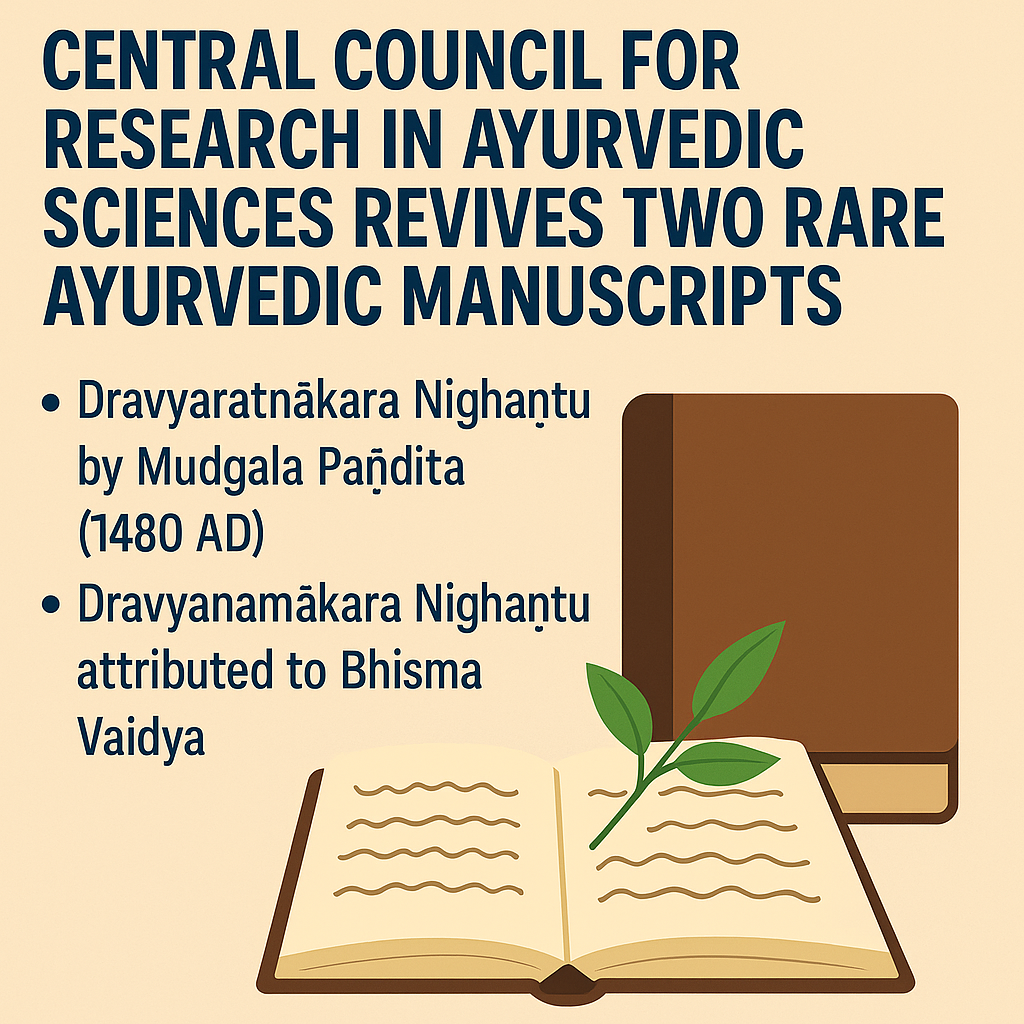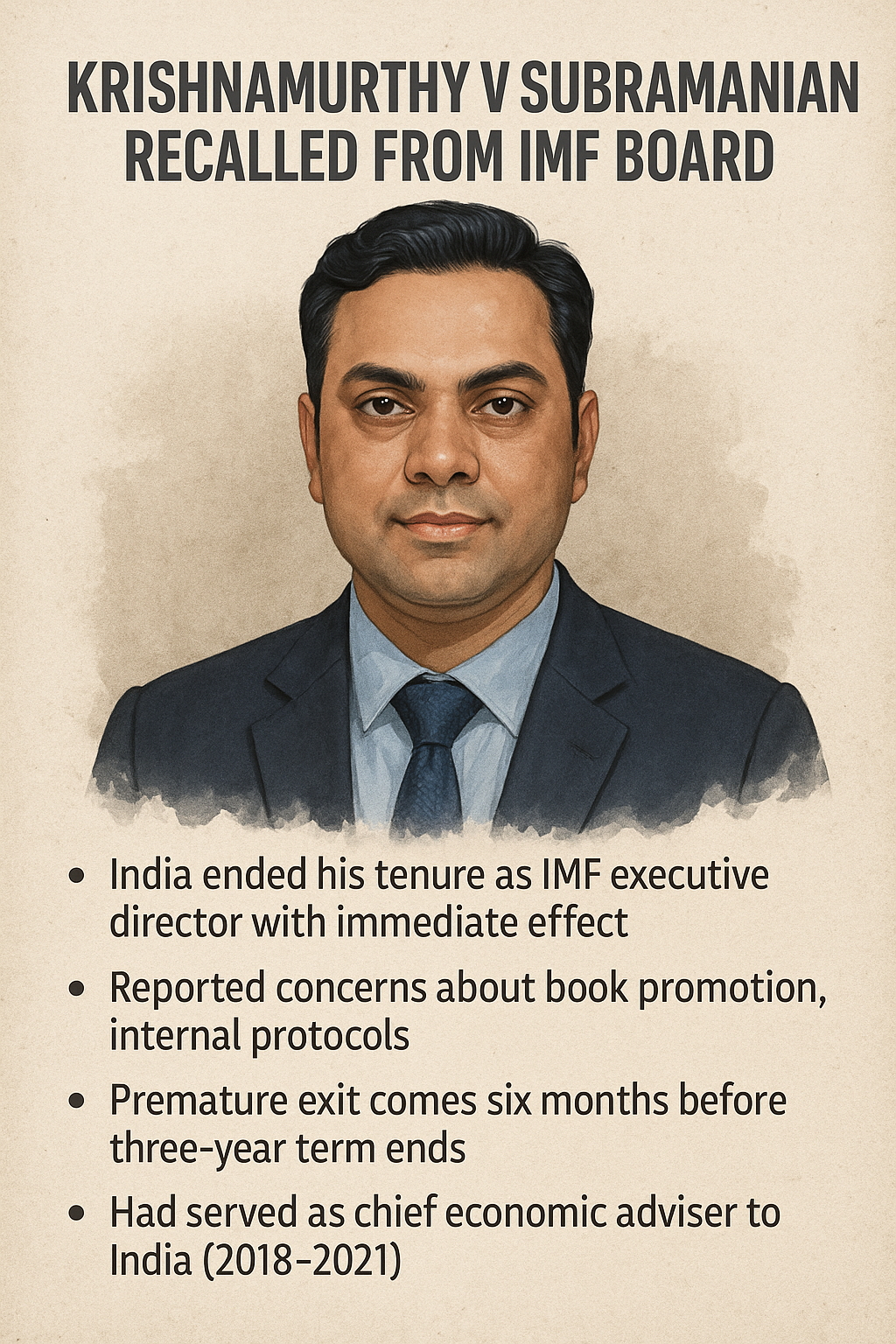
Peanuts and Pan-Genomes: Scientists Crack Code for Bigger Yields
🌟 NEWS MAKER — MAY 1, 2025
Peanuts and Pan-Genomes: Scientists Crack Code for Bigger Yields

🪷 THEME: Agricultural Genomics, Food Security, Genetic Innovation
🏛️ CATEGORY: Science & Technology, Sustainable Agriculture, Global Research
📜 INTRO WHISPER
What if a seed held not just oil or protein, but the blueprint to feed the future? From the humble peanut’s skin to its silent genes, scientists now whisper to nature itself — grow wider, grow heavier, grow better.
🔍 HIGHLIGHTS
- Genetic Breakthrough for Peanuts:
A team of 19 scientists from Australia and China has discovered critical genomic variations that affect seed size and weight in peanut crops, offering a path to develop higher-yielding varieties. - Comprehensive Pan-Genome Study:
Published in Nature Genetics, the study includes a pan-genome analysis of 269 peanut accessions, including wild, landrace, and cultivated species, mapping structural gene variations never identified before. - Key Gene Discovery – AhARF2-2:
Deletion of this inhibitory gene boosts seed size by enabling better expression of yield-enhancing genes. This genomic edit marks a leap in understanding how seed expansion is regulated. - India’s Contribution:
Two Indian researchers — Annapurna Chitikineni and Rajeev K. Varshney — were part of this global collaboration. Prof. Varshney emphasized its future impact on crop breeding and food security. - Beyond Peanuts:
Insights from this study could benefit cotton, rapeseed, and other key crops by improving domestication, seed vigor, and yield traits through genome-based breeding.
🧭 GS PAPER MAP
- GS III: Science and Technology – Biotechnology, Genome Mapping in Agriculture
- GS III: Food Security – Role of Scientific Research in Yield Improvement
- Essay/Interview: Innovation in Agriculture – Seeds of the Future
🪔 A THOUGHT SPARK — by IAS Monk
The future farmer may not sow only in soil — but in strands of DNA. And from those molecular furrows, will rise a harvest shaped not by rain or chance, but by the careful silence of science.

















